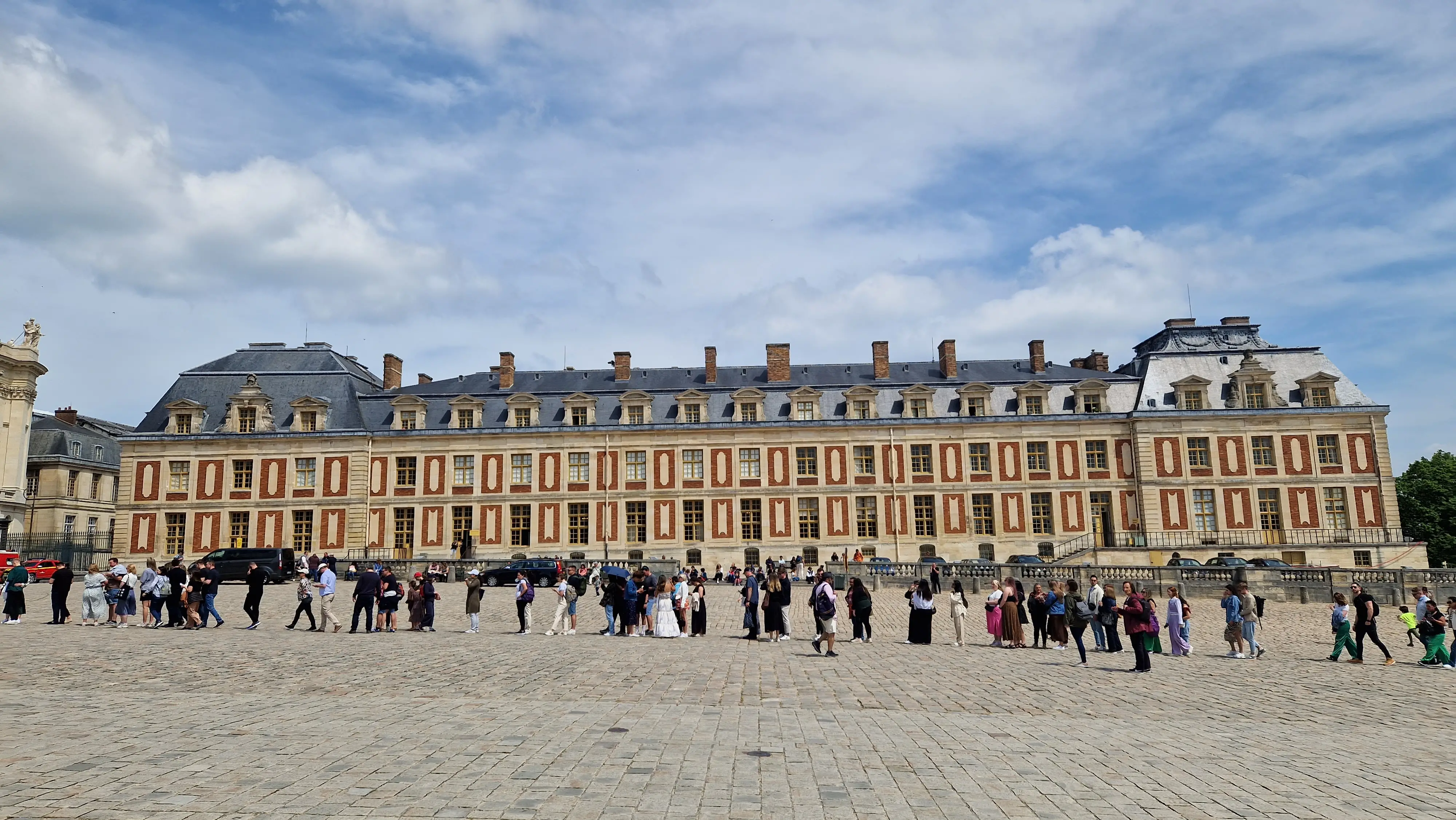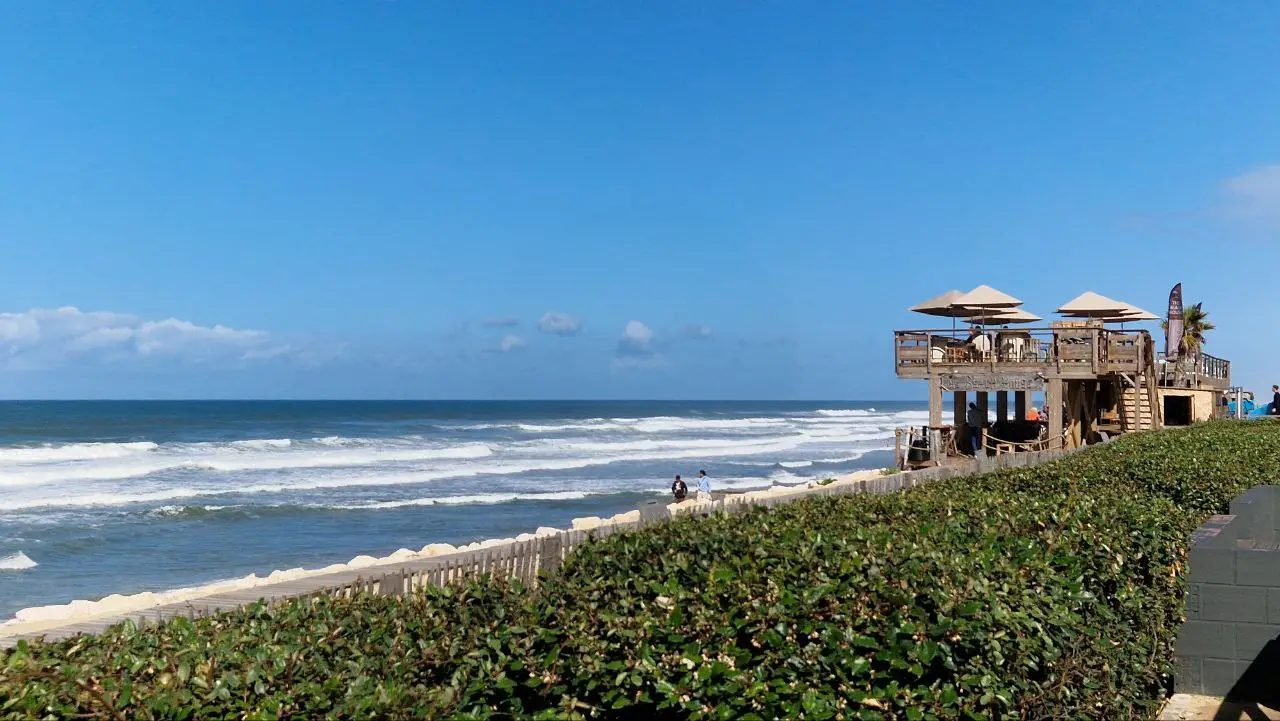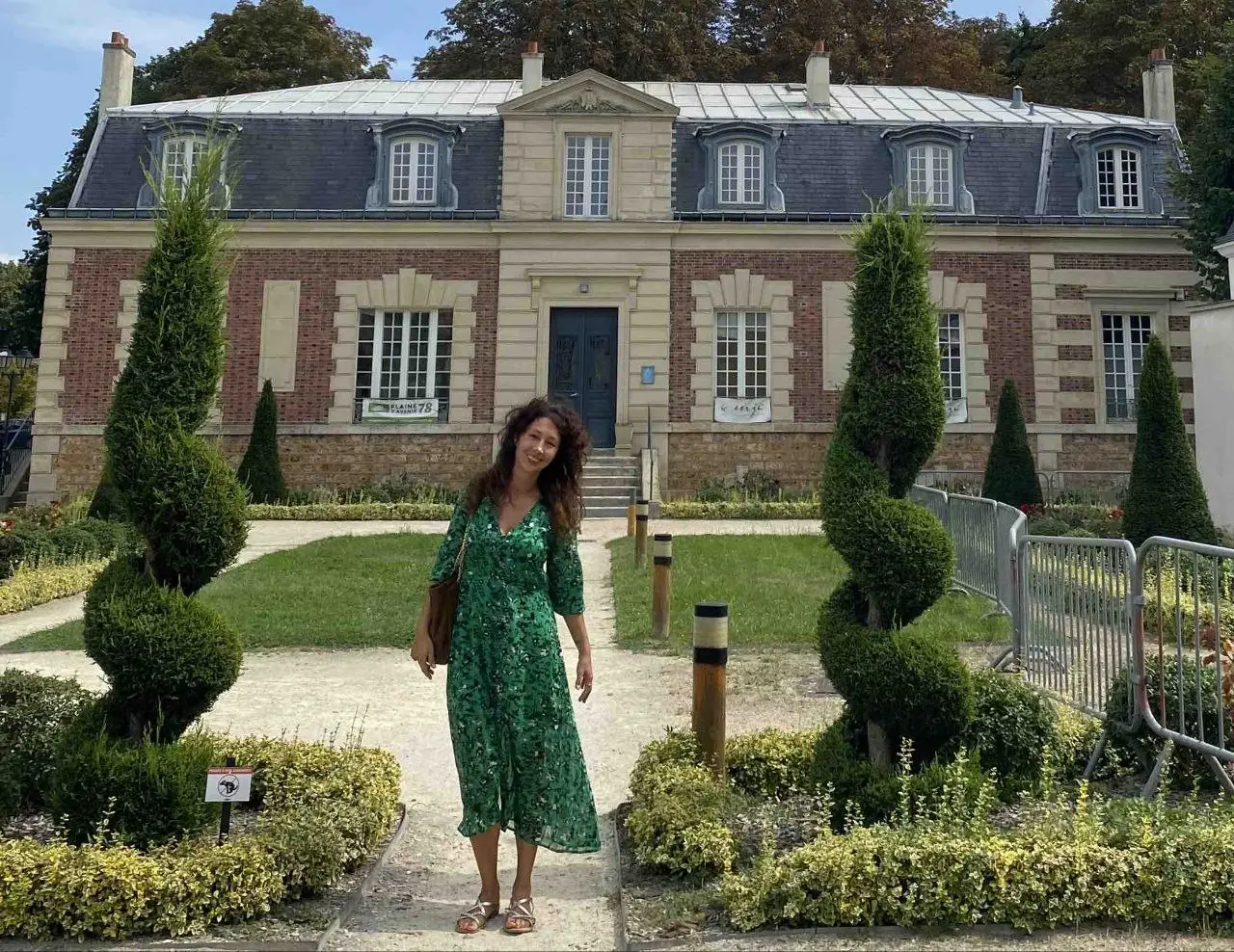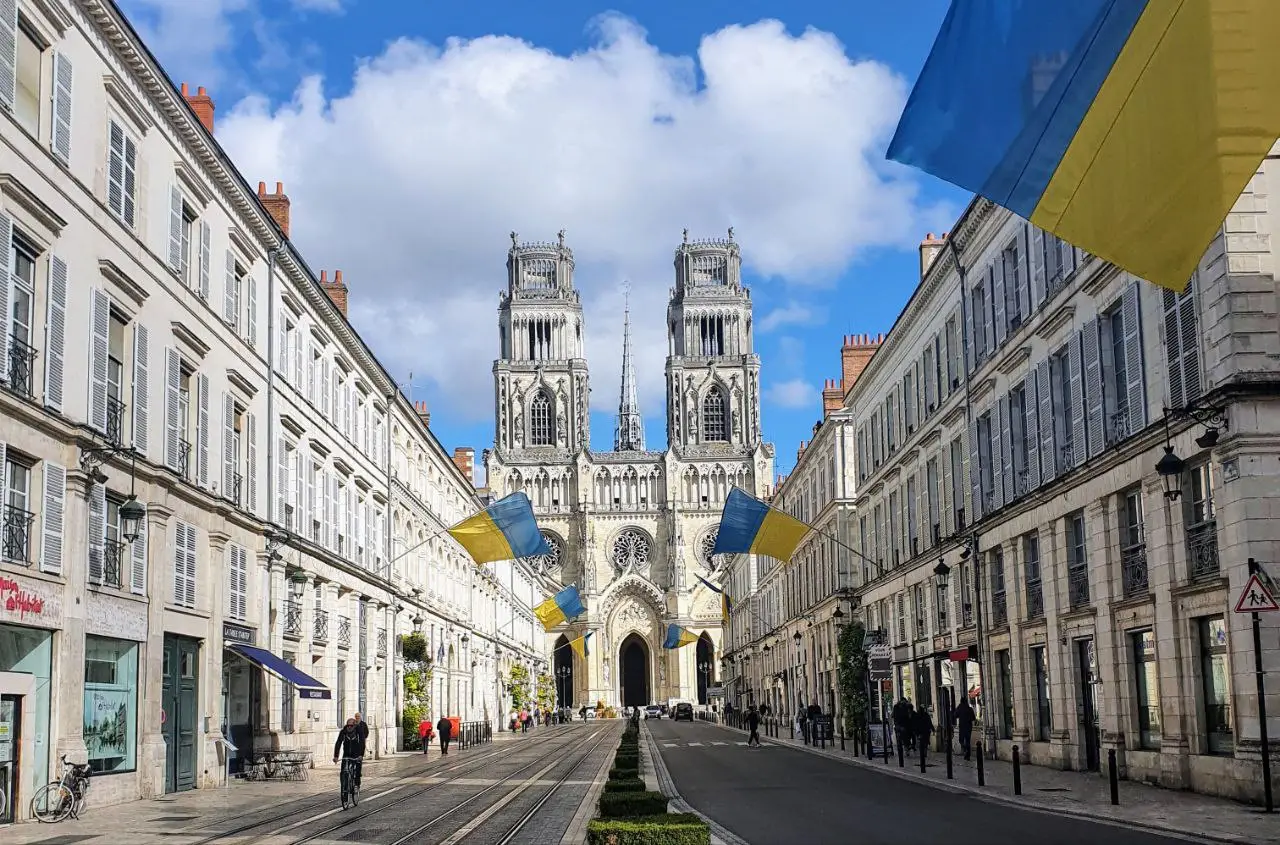Wines of the Bordeaux region: the pride of French winemaking
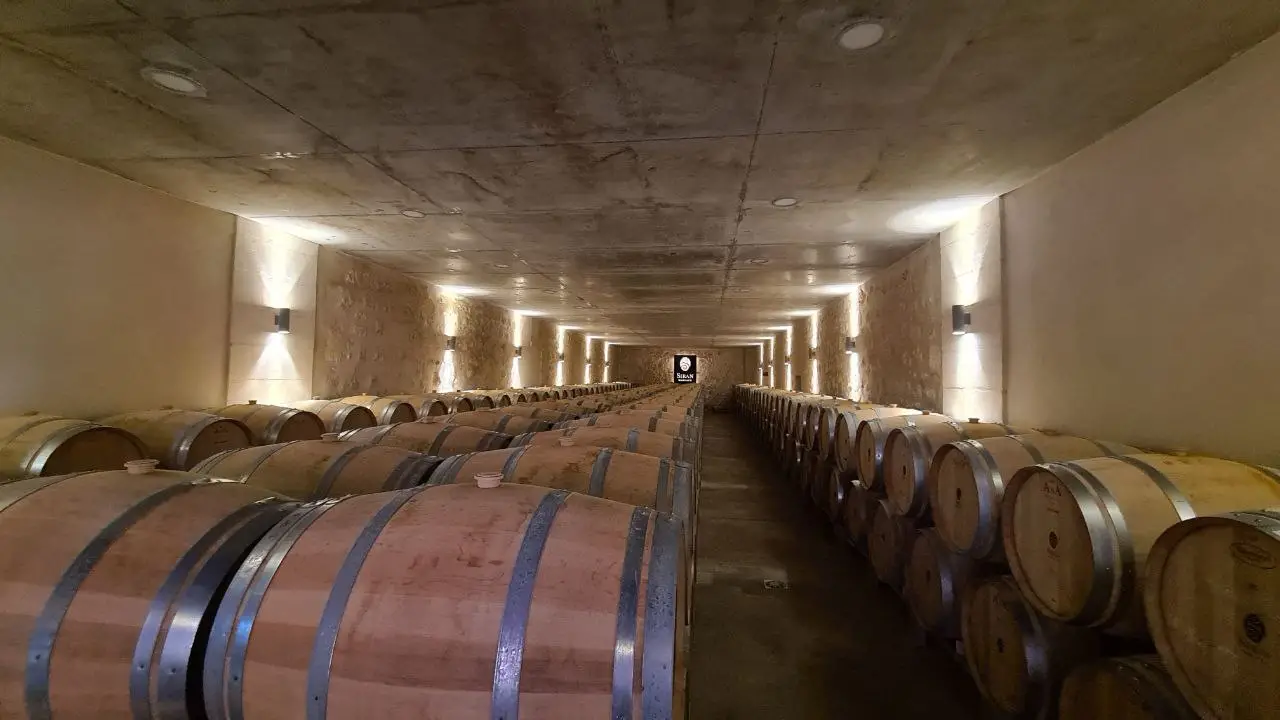
Bordeaux is not only the name of a region in southwestern France, but also synonymous with high quality wine. It is a place where winemaking is elevated to an art form and where tradition intertwines with modern technology to create unrivaled wines that are renowned throughout the world
The Bordeaux region, located in southwestern France, is one of the most famous wine regions in the world. Its wines are known for their sophistication, richness of flavor and unsurpassed quality. This region covers more than 120 thousand hectares of vineyards and produces a variety of wines that satisfy the most demanding tastes. Each bottle of wine from Bordeaux is the result of centuries of tradition, love of viticulture and the art of winemaking that has been passed down from generation to generation. When you visit Bordeaux, you not only enjoy the wine, but also immerse yourself in a world where every sip has its own story.
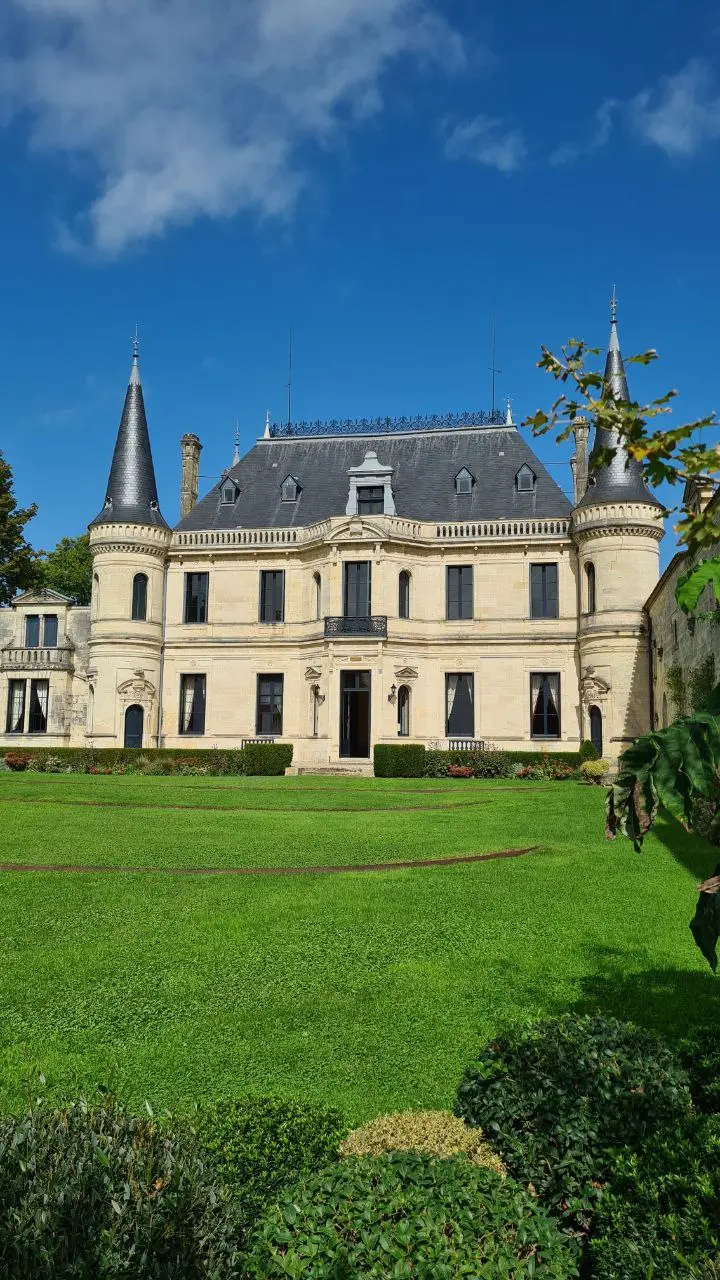
History and Traditions
The wine history of Bordeaux dates back more than 2,000 years. The Romans were the first to plant vineyards here in the first century AD. In the Middle Ages, thanks to its favorable location on trade routes and its alliance with England, the wines of Bordeaux became internationally recognized. English kings valued Bordeaux wines, and even then the region established itself as one of the most important centers of winemaking. Over the centuries, local winemakers improved their methods, and by 1855, by order of Emperor Napoleon III, the famous classification ranking of Bordeaux wines was created, which is still valid today.
Terroir
Bordeaux is divided into several wine sub-regions, each with its own unique terroir — a combination of climatic conditions, soils and geographical location. The most famous of these are Medoc, St. Emilion, Pomerol, and Graves.
Main grape varieties
Bordeaux's black wines are predominantly created from grapes such as Cabernet Sauvignon, Merlot, Cabernet Franc, and Petit Verdot. For white wines, Sauvignon Blanc, Sémillon and Muscadelle are used.
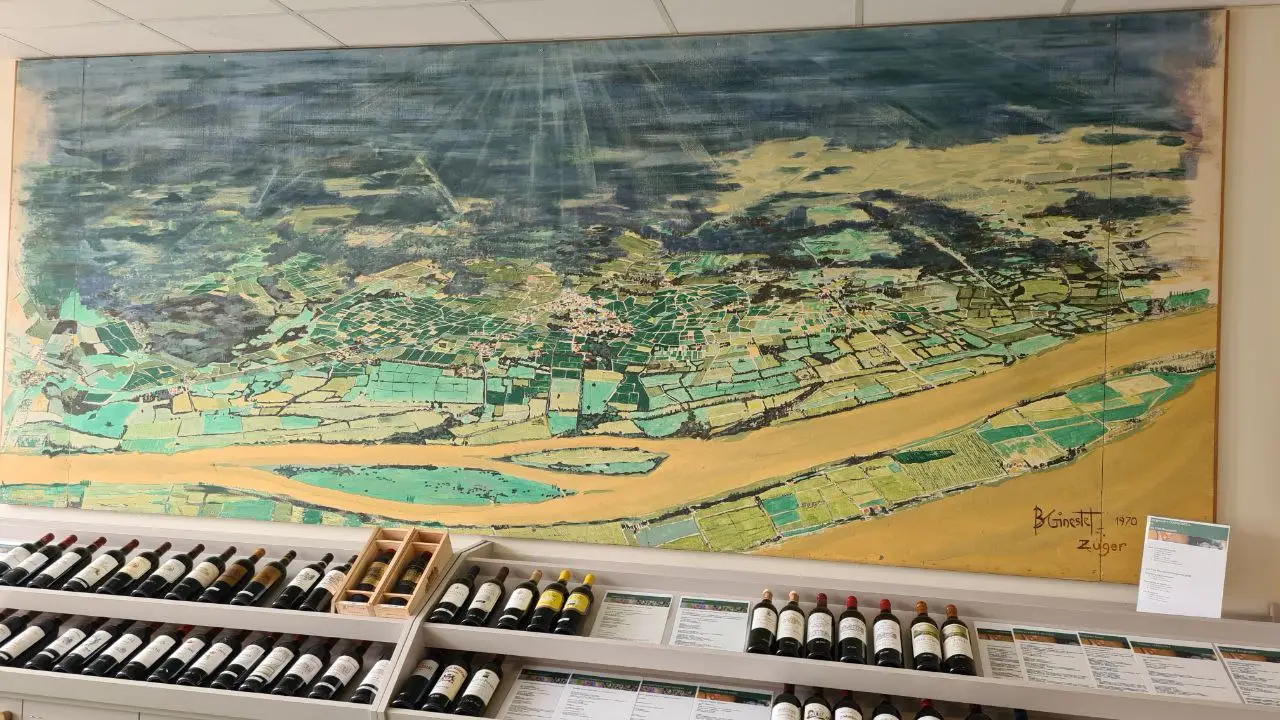
Wine production in Bordeaux is a true art that combines traditional methods with modern technology. The vineyards are meticulously tended and the grapes are harvested by hand to ensure the highest quality grapes. After harvest, the grapes are sent to wineries for fermentation.
The fermentation process can take place in different types of containers such as stainless steel, concrete or oak barrels. The use of oak barrels for aging adds complexity, flavor and potential for long-term storage to Bordeaux wines.

After aging, the wines are blended to achieve the perfect balance of flavor. Each winemaker has their own unique recipes and blending techniques, making each Bordeaux wine unique.
Black wines of Bordeaux
Black wines of Bordeaux are typically made from Cabernet Sauvignon, Merlot, Cabernet Franc, Petit Verdot and Malbec varieties. The distribution of winemaking zones on the left and right banks of the Garonne affects the style and flavor of the wine.
Médoc (Left Bank): This sub-region is known for its refined, full-bodied and structured wines with a high Cabernet Sauvignon content. It is recommended to choose wines with commune names such as Pauillac, Margaux and St-Estèphe. These wines have expressive flavors of black berries, graphite, tobacco and oak. They are best served with red meat dishes such as steak or lamb.
Saint-Emilion and Pomerol (Right Bank): These areas are known for their softer and fruitier wines, dominated by Merlot. Wines from St. Emilion have notes of ripe plum, chocolate and spice, while Pomerol has a more velvety texture and notes of truffle and black currant. It is recommended to serve them with poultry, pork or mature cheeses.
White Wines of Bordeaux
White wines of Bordeaux are usually made from Sauvignon Blanc, Semillon and Muscadelle varieties. They include dry wines from Graves and sweet wines from Sauternes.
Graves: Dry white wines from this region have fresh, mineral flavors with notes of citrus, green apples and white flowers. Aging in oak barrels adds complexity and creaminess to the wines. These wines are ideal for pairing with seafood such as oysters or scallops, as well as white meats.
Sauternes: Sauternes wines are known for their sweetness and rich flavor profile with notes of honey, apricot, dried fruit and caramel. Produced from grapes affected by noble rot, they have exceptional complexity and a long aftertaste. We recommend serving them with foie gras, desserts or blue cheeses.
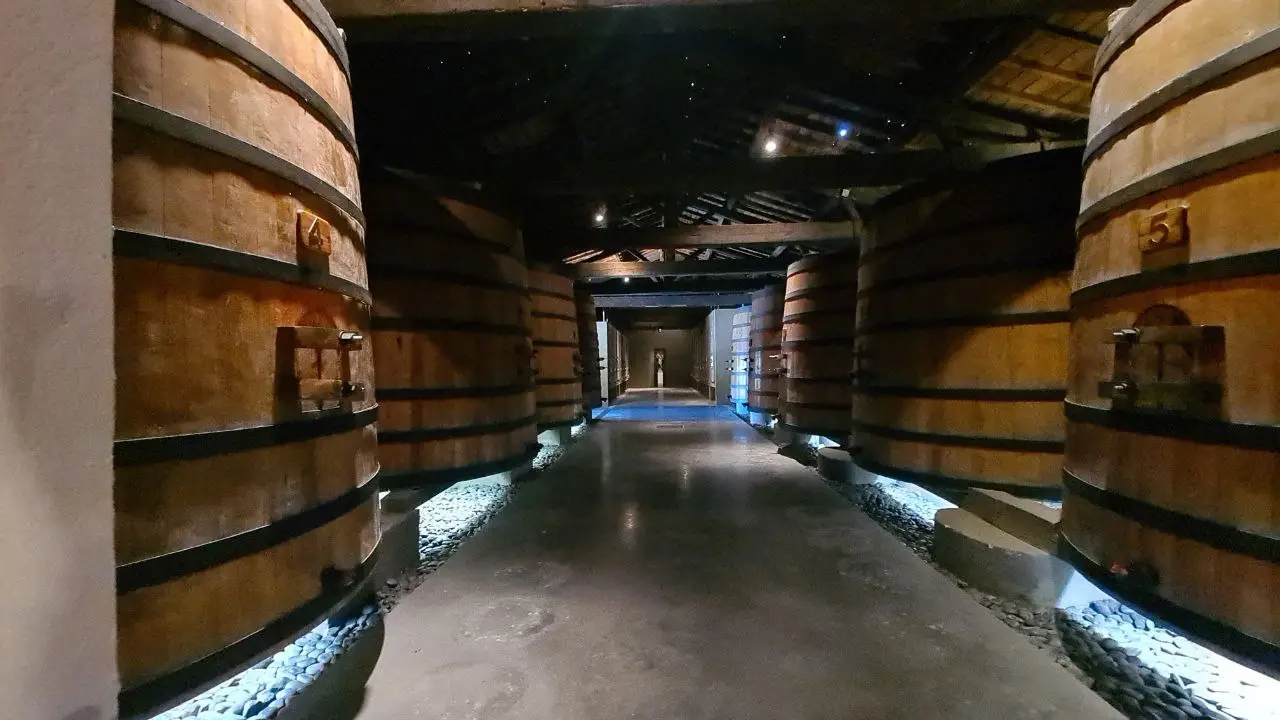
Wine Tours
Bordeaux is undoubtedly the wine capital of the world. Wine tours to the famous vineyards of Médoc, St. Emilion and Graves are an unforgettable experience for every wine lover. Tourists can visit wineries, learn about the wine making process and, of course, enjoy wine tastings.
Cité du Vin is a unique cultural center dedicated to wine and its history. Here you can explore interactive exhibits, participate in tastings and enjoy panoramic views of the city from the observation deck.
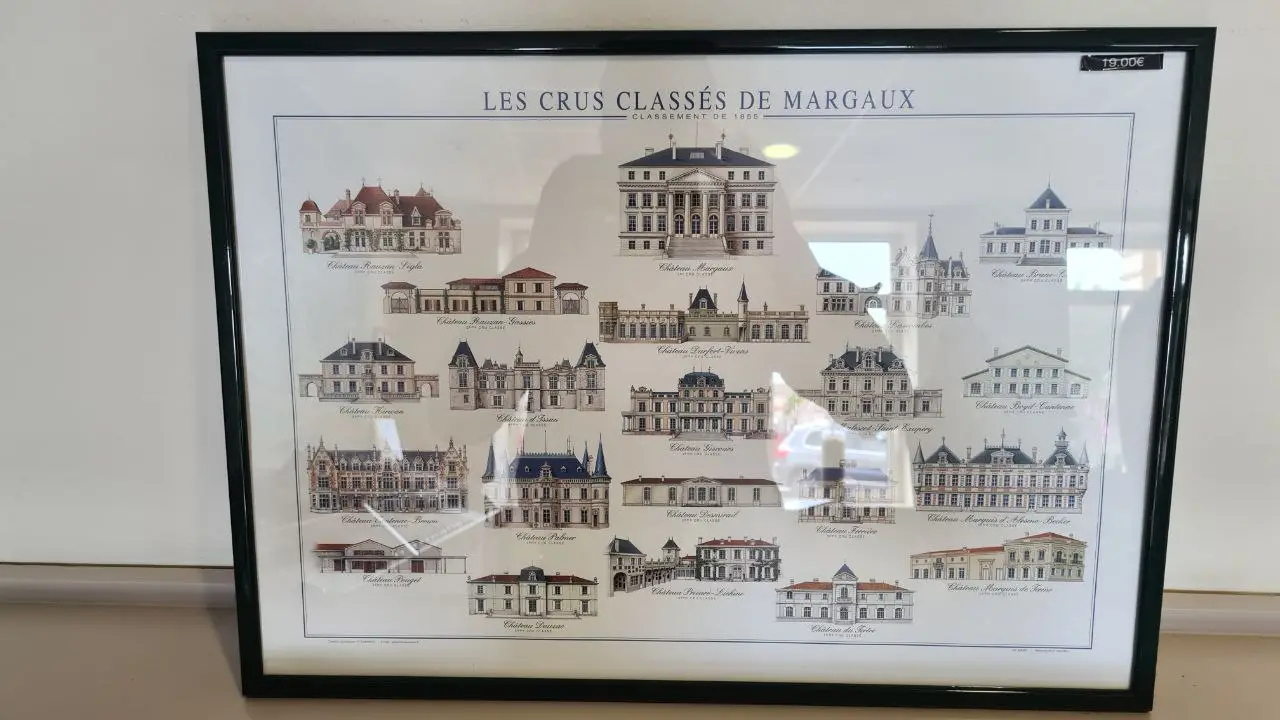
Chateau Margaux, pictured in the center, is one of the most prestigious estates, which is in the first category of wines dating back to 1855.
Markets and exports
Bordeaux wines are in demand worldwide. The main markets are Europe, North America and Asia. Wine exports are an important part of the region's economy, and renowned wine auctions such as En Primeur attract investors and collectors from around the world.
The Bordeaux region is the heart of French winemaking, offering wines of unrivaled quality and rich history. Bordeaux wines are known for their elegance, complexity and ability to age, making them some of the most prized and popular in the world. Whether you are a collector, wine connoisseur or just a lover of good wine, Bordeaux always has something special to try.
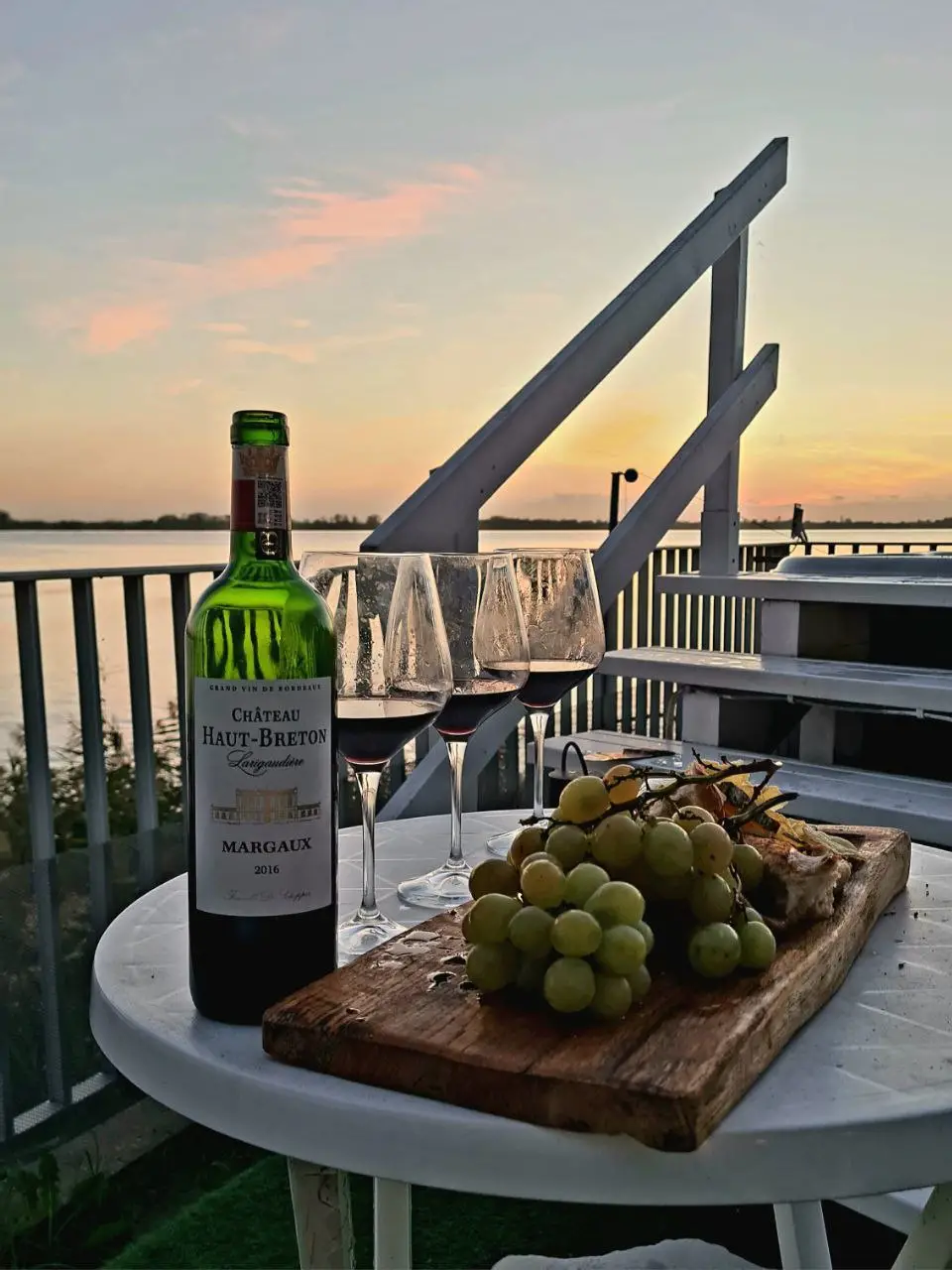
Professional tips:
- Wine Selection: Pay attention to the year of harvest and the producer. Years with optimal weather conditions, such as 2010, 2015 and 2016, are considered the best for Bordeaux red wines.
- Ageing: Many Bordeaux red wines benefit from extended aging. The best examples can be aged from 10 to 20 years or more, developing complex flavors and soft tannins.
- Serving Temperature: Bordeaux red wines are best revealed at 16-18°C, while white dry wines should be served chilled to 10-12°C and sweet Sauternes wines at 8-10°C.
- Decantation: Mature red Bordeaux wines are recommended to be decanted an hour before serving to bring out the aromatic potential and soften the tannins.
- Storage: For long-term storage, Bordeaux wines should be kept in a cool, dark place with stable temperature and humidity.
- Combination with Food: Red Bordeaux wines pair well with red meats, game, cheeses and rich sauces. Dry white wines from Grave are perfect with fish, seafood and light salads. The sweet wines of Sauternes harmonize perfectly with desserts, blue mold cheeses and fruits.

